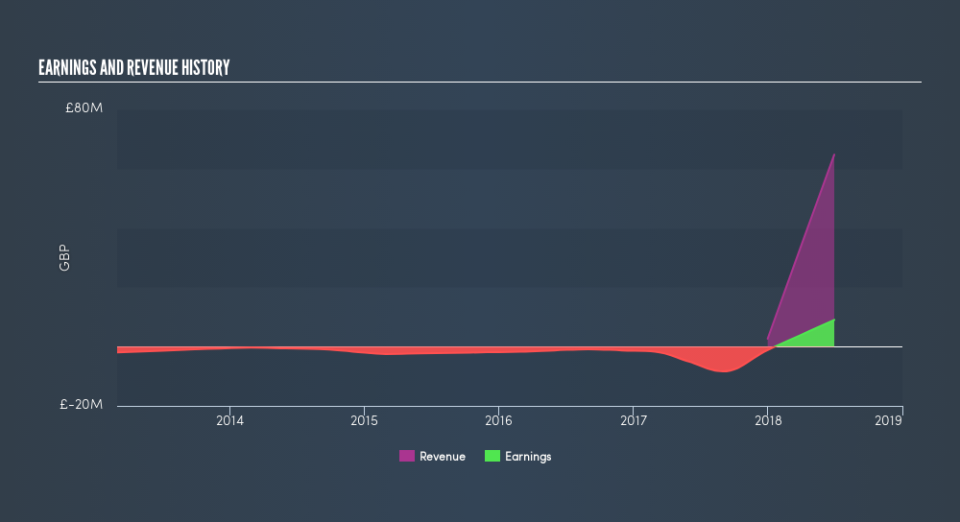Does Market Volatility Impact Bushveld Minerals Limited’s (LON:BMN) Share Price?

Anyone researching Bushveld Minerals Limited (LON:BMN) might want to consider the historical volatility of the share price. Volatility is considered to be a measure of risk in modern finance theory. Investors may think of volatility as falling into two main categories. The first type is company specific volatility. Investors use diversification across uncorrelated stocks to reduce this kind of price volatility across the portfolio. The second type is the broader market volatility, which you cannot diversify away, since it arises from macroeconomic factors which directly affects all the stocks on the market.
Some stocks mimic the volatility of the market quite closely, while others demonstrate muted, exagerrated or uncorrelated price movements. Beta is a widely used metric to measure a stock’s exposure to market risk (volatility). Before we go on, it’s worth noting that Warren Buffett pointed out in his 2014 letter to shareholders that ‘volatility is far from synonymous with risk.’ Having said that, beta can still be rather useful. The first thing to understand about beta is that the beta of the overall market is one. A stock with a beta greater than one is more sensitive to broader market movements than a stock with a beta of less than one.
Check out our latest analysis for Bushveld Minerals
What does BMN’s beta value mean to investors?
Bushveld Minerals has a five-year beta of 0.93. This is reasonably close to the market beta of 1, so the stock has in the past displayed similar levels of volatility to the overall market. While history does not always repeat, this may indicate that the stock price will continue to be exposed to market risk, albeit not overly so. Many would argue that beta is useful in position sizing, but fundamental metrics such as revenue and earnings are more important overall. You can see Bushveld Minerals’s revenue and earnings in the image below.
Could BMN’s size cause it to be more volatile?
Bushveld Minerals is a small company, but not tiny and little known. It has a market capitalisation of UK£414m, which means it would be on the radar of intstitutional investors. Small companies often have a high beta value because the stock price can move on relatively low capital flows. So it’s interesting to note that this stock historically has a beta value quite close to one.
What this means for you:
Bushveld Minerals has a beta value quite close to that of the overall market. That doesn’t tell us much on its own, so it is probably worth considering whether the company is growing, if you’re looking for stocks that will go up more than the overall market. This article aims to educate investors about beta values, but it’s well worth looking at important company-specific fundamentals such as Bushveld Minerals’s financial health and performance track record. I urge you to continue your research by taking a look at the following:
Future Outlook: What are well-informed industry analysts predicting for BMN’s future growth? Take a look at our free research report of analyst consensus for BMN’s outlook.
Past Track Record: Has BMN been consistently performing well irrespective of the ups and downs in the market? Go into more detail in the past performance analysis and take a look at the free visual representations of BMN’s historicals for more clarity.
Other Interesting Stocks: It’s worth checking to see how BMN measures up against other companies on valuation. You could start with this free list of prospective options.
We aim to bring you long-term focused research analysis driven by fundamental data. Note that our analysis may not factor in the latest price-sensitive company announcements or qualitative material.
If you spot an error that warrants correction, please contact the editor at editorial-team@simplywallst.com. This article by Simply Wall St is general in nature. It does not constitute a recommendation to buy or sell any stock, and does not take account of your objectives, or your financial situation. Simply Wall St has no position in the stocks mentioned. Thank you for reading.

 Yahoo Finance
Yahoo Finance 
